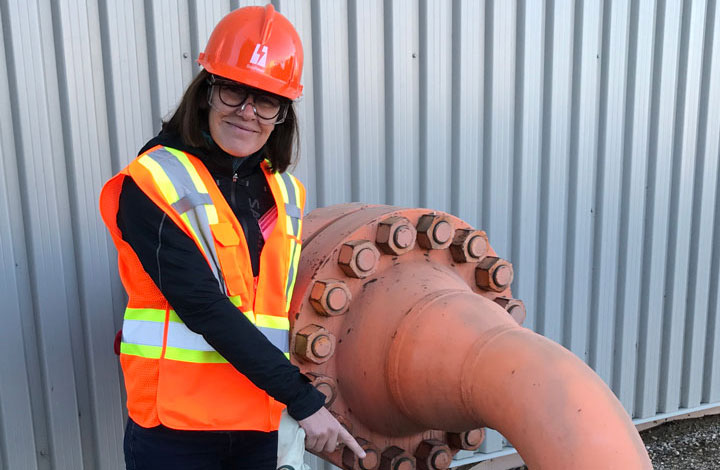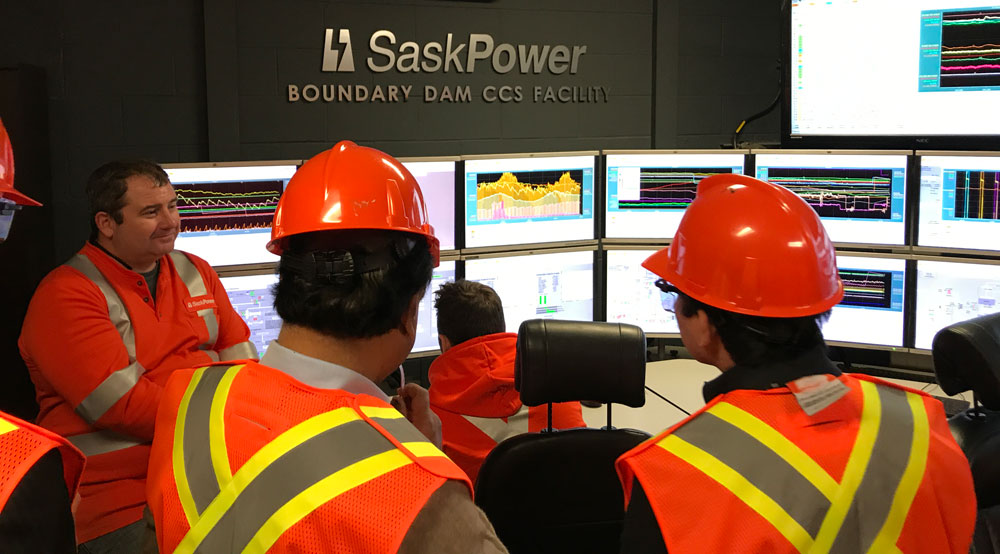Last week, after a stop-over in Toronto, I flew over the Great Lakes. Far below me was Thunder Bay. After a dose of Netflix, I decided to read some Canadian newspapers in order to capture a bit of the atmosphere and get to understand something about Canada. Just like other papers worldwide, The Globe and Mail has articles about business, sport and the legalisation of cannabis, the last being particularly topical just now.

Transformative infrastructure with impacts lasting decades
The article that really grabbed my attention was about infrastructure, and scenario thinking about projects that are both big enough and good enough. It was co-authored by Kilian Berz, who is a senior partner and director at the Boston Consulting Group.
The article presented examples of key historical Canadian infrastructure projects such as the Welland and Rideau canals built during the 1830s, the Canadian Pacific Railway from the 1880s, and the TransCanada pipeline and Saint Lawrence Seaway completed in the 1950s.
The message was that:
Bold decisions about investment in domestic infrastructure of special interest to a country have an impact on the development of society as a whole for many decades in the future.
What are our greatest contemporary infrastructure projects?
Investment in such projects provides opportunities for many sectors in terms of development, trade and wealth generation. The assertion presented in this article is that society at large must keep searching for what will become our major and important domestic infrastructure projects. We call such projects transformative infrastructure.
The challenge is to make good decisions that will benefit the country and the people that live there in spite of the high public expenditures involved. According to the authors, the biggest question is: What are our most important contemporary infrastructure projects?
Is it digitalisation and autonomous and emissions-free transport, or is it investment in other transformative projects that will lead us into the future?
So what about Norway?
So to the question – what about us? Those of us working in energy research, having to keep up with events around us and using this information to fuel our scenario thinking about what future solutions will most benefit individuals and society as a Whole.
For me, the Canadian article served as a reminder that it is at least as important to do the right thing as it is to do things right.
So, what answers do we get if we look to Norway and ask the same questions here?
What future investments in transformative infrastructure should we be making that will put us in a better position to meet our future challenges? Investments that will enable us to lead the world in providing a sustainable energy system and clean energy for all.
I have some ideas…..
Do I have any ideas? Well, maybe. In Norway we have some amazing, and perhaps obvious, factors in our favour. But ultimately, someone has to make the decisions, and those of us with a vote must vote for those who are willing to make them.
Norway is an energy nation. After the war we tamed our river systems to supply society with clean, renewable hydropower. In the 1970s we kicked off a Norwegian oil and gas boom using a transformative gas infrastructure that has fuelled technological development and supplied us with unbelievable revenues. In the eighties we were high on oil and, in the nineties, we began to store CO2 in the Utsira formation close to the Sleipner Field.
So, where is all this leading?
We have a formidable gas asset in this country, provided that gas still has a market in tomorrow’s energy system.
The world needs clean energy without CO2 emissions
I believe that we need to make some major decisions about tomorrow’s sustainable energy system. The world needs clean energy, goods produced without CO2 emissions, and sustainable transportation systems.
We need renewable energy, energy efficiency, electrification and carbon management strategies.
Investment not just in one field, but investment across the board. And digitalisation will transform and rationalise all the fields I have mentioned above.

Full-scale CCS may be the start of something even bigger
Norway has both the financial resources and the opportunity to play a leading role in many of these fields. One such opportunity is the decision to invest in the development of a full-scale CO2 management project, and this decision is planned for 2019.
As part of the Norwegian full-scale project, CO2 will be captured from industrial facilities in eastern Norway, and transported by sea to a collection point in western Norway from where it will be sent in a pipeline and injected into the Smeaheia formation located close to the Troll field. This project may be the start of something even bigger. A CO2 storage solution in the North Sea will have capacity for much greater volumes of CO2 than that produced by the companies Yara, Norcem and Klemetsrud.
CO2 storage can transform Norway
What about taking the opportunity to manufacture hydrogen from natural gas and then managing the CO2 produced by the process by storing it in the Smeaheia formation?
This way we create at least two opportunities for exploitation of the natural gas. The first will be to sell the natural gas to Europe and then take back and store the CO2 produced by the natural gas users. The second is to manufacture hydrogen from natural gas and then store the CO2 produced in the Smeaheia formation.
This will require infrastructure – transformative infrastructure! Can and will Norway become a country that produces and exports pure hydrogen to a global market?
Here, in the province of Saskatchewan in Canada, I have been visiting the Boundary Dam project, which is the world’s first coal-fired power plant with a retro-fitted carbon capture facility. Here, the energy company SaskPower, aided by considerable state subsidies, is investing in utilising technology that will have enormous significance for future electricity production and an emissions-free industrial sector.

This is the first full-scale facility. In time, CCS technologies will improve. They will become more efficient and less expensive. We have made many improvements since the Model T Ford, and the same will happen with energy technologies. Bold investments in transformative infrastructure will help Norway to become a leading energy nation in the long term as well.

Kjempemessig Mona.
Det er inspirerende å se det litt fra oven !
Varme hilsener ffra Arne